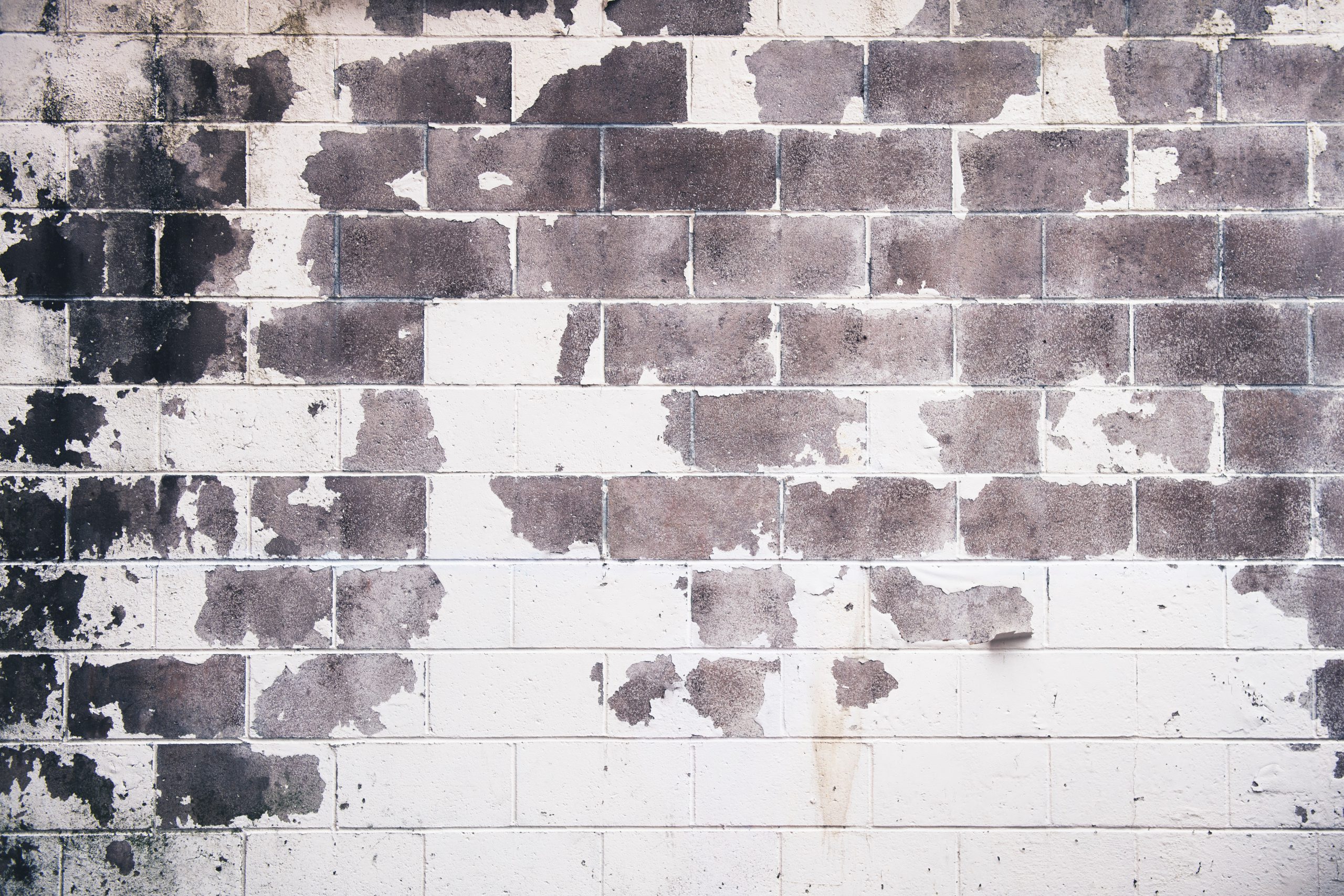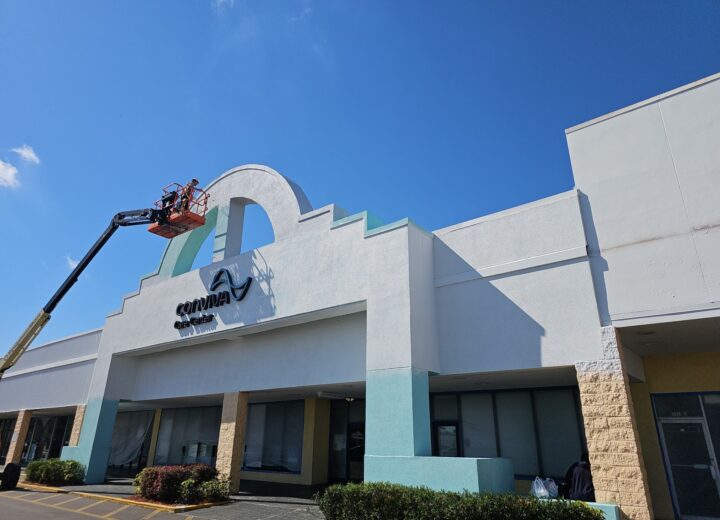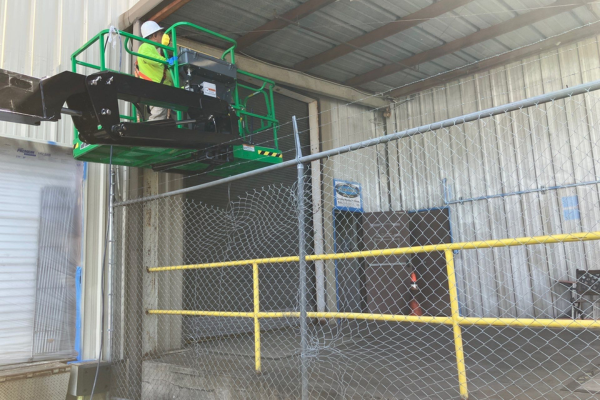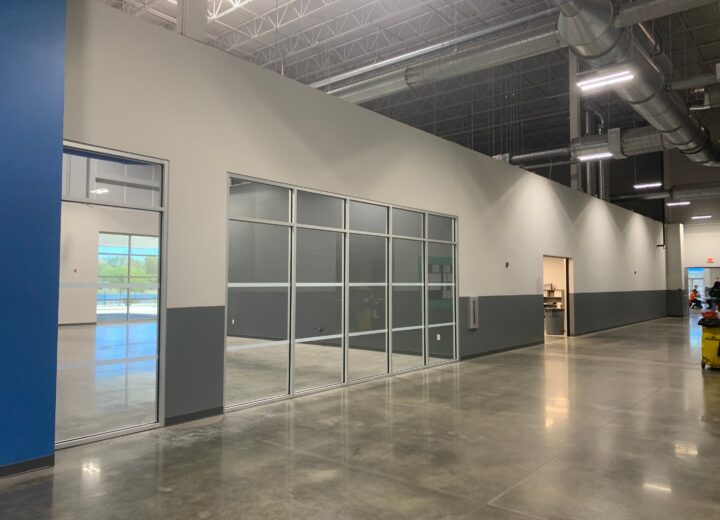
Lead paint has been proven to cause life-threatening issues, especially if you have been exposed to it over an extended period. You are most likely to find lead based paint in structures that were built before nineteen seventy-eight, but there is an even higher risk if the building was constructed before the nineteen-fifties. Some of the commercial structures that can contain lead paints include offices, apartments, banks, schools, and stores to name a few.
If you are looking at getting paint removed from your building that contains lead, you will need to hire a company that is certified to remove this harmful material. If removal is not completed correctly, there could be a greater chance of contamination and/or exposure. If you are unsure if the property that you own or manage has a lead-based paint issue, you should contact a contractor that is licensed and has the proper means to detect lead. It is always a good idea to know the process of removing the paint so that you can prepare in advance for what you will be dealing with.
If you are a company that is considering getting into lead paint removal, you will need to have you or the workers that you intend to do this receive training and certification, as per the EPA Guidelines.
In either of the cases above, if there is no EPA Certification and training, the work should not be attempted or done!
Abatement Process
Before starting to remove anything, you need the proper safety procedures put in place. You need the proper equipment as well. This equipment includes respiratory protection, protective eyewear, HEPA attachments for your vacuum, and restrictions/signs for the area where the paint will be removed or covered. You might also need suits and gloves that defend against these harmful materials. There should also be sheeting placed below and around the area that is being worked to help minimize dust and paint chip debris.
There are four basic types of dealing with lead paint, and they are:
- Encapsulation – This is the process of using a special coating that forms a seal that is impervious, thus securing the lead paint within. You need to note that encapsulation can diminish over a period, is not a long-lasting solution and does not work on all surfaces. It is one of the cheapest, as you might not have the dust or diminished air quality, and it can be painted over the surface after prepping it correctly.
- Enclosure – To achieve this, you will be covering up the area in question with a new solid one (much like re-covering a countertop or installing a bathtub fitting over the existing one to make it look brand new again). The materials that are most used to construct inclusions are acrylic sheets, aluminum, drywall, fiberboard, paneling, tile, underlayment, and vinyl. Note that this is also not a permanent fix.
- Removal – A professional can use wet sanding on the surfaces with the use of an electric sander that helps to contain the paint chips and dust within a specialized HEPA vacuum attachment. Or they could use a heat gun on a minimal warmth setting of no more than 1,100 degrees, as well as scraping by hand. Other types of removal include wet hand scraping with liquid paint removers and the use of wire brushes. When using any kinds of strippers you will need to know what hazard it can create, as some are known to produce a fire, can leave traces of remover behind (so that the new finish will not adhere properly), or can leave lead residue on the surface to be painted and can generate dangerous remains. If the work is being done on the exterior of a building, vacuum and water blasting can be used, but should still be done with great care.
- Replace – If you do not want to deal with the top three abatements, then the only one that is left is to completely remove any area that contains this paint and replace it with an entirely new product, such as a wall.
With any of the Abatement procedures, you and everyone around you will need to extensively know the safety measures to be taken, the type of covering, removal or replacement you will be using, and the types of tools that will be needed for the project. Lastly, you will need to make sure that you follow all guidelines for the proper disposal of all of the materials once finished.






